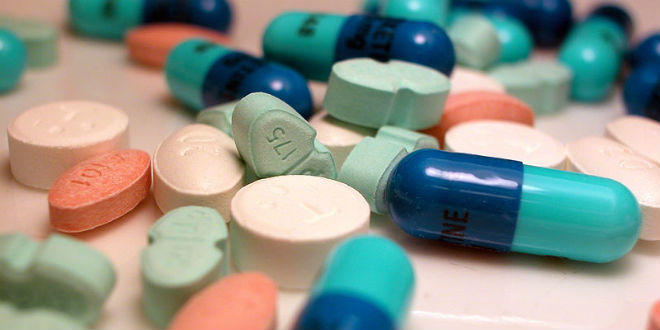Antibiotics – named for the Greek words “opposing life” – are one of the most important breakthroughs in medical history; in fact, they were more of a discovery than an invention, since antibiotics evolved and are produced naturally by fungi and yeast in the wild.
The Greek term could be thought of as a misnomer, as antibiotics have saved an estimated 200 million lives around the world since they were introduced, but they end of lives of bacteria, not viruses such as those that cause AIDS or the common cold.
Antibiotics are a variety of molecules derived from microorganisms that control the growth of or kill other bacteria. Synthetics antibiotics, which are usually related chemically to natural antibiotics, have since been produced to accomplish the same tasks.
The development of drugs based on the naturally occurring antibiotics began a century ago, thanks to the research of Sir Alexander Fleming, Howard Fleury, and Sir Ernest Chain, who jointly received the Nobel Prize in Medicine in 1945. Fleming first observed the antibiotic properties of a mold that produces penicillin, but it was Chain and Fleury who developed it into a useful treatment.
While antibiotics revolutionized medicine in the 20th century, their overuse or misuse (without testing for the presence bacteria in the body) have triggered resistance to many antibiotics. Many coughing patients with or without fever go to their doctors complaining of a sore throat and cough and demanding a prescription for antibiotics. But if the infection was caused by a virus, these drugs are totally useless. Taking them causes the bacteria to evolve and develop resistance to the wonder drugs.
Despite saving so many lives, the success of antibiotics has made it a double-edged sword: Antimicrobials that were effective years ago against infections are no longer able to kill off the bacteria. The World Health Organization has called antimicrobial resistance as a “serious threat that is no longer a prediction for the future; it is happening right now in every region of the world and has the potential to affect anyone, of any age, in any country.” Today, many researchers express concern about a “post-antibiotic era” in which bacteria will no longer be overcome by antibiotics.
Fortunately, there is hope for dealing with this huge problem. Researchers from the biology and computer sciences faculties of the Technion – Israel Institute of Technology in Haifa have developed an innovative framework for measuring the efficacy of “antibiotic cocktails” that combine different types of antibiotics.
Recently published in the journal Nature Microbiology under the title “Additivity of inhibitory effects in multidrug combinations,” their study shows how the efficacy of an antibiotic cocktail depends on the number of different antibiotics present in it. The research was conducted by Prof. Roy Kishony of the two faculties and doctoral student Dor Russ of the Faculty of Biology.
In the past, Kishony demonstrated bacterial resistance using a unique platform that he built with his colleagues at Harvard University. Now the Technion researcher and his colleagues have developed a method for estimating the current level of resistance of a given bacterium to antibiotics as well as predicting the resistance it is likely to develop in the future.
Based on this information, it is possible to prescribe the most effective antibiotics for the patient. The researchers created an automated system that enable the accurate measurement of the effect of different combinations of antibiotics on bacteria.
They found that when the number of drugs in a combination is increased, the total drug dosage required for growth inhibition increases as well, but the dosage of each individual drug can be decreased without reducing the cocktail’s efficacy. The researchers examined different combinations of multiple antibiotics on several types of bacteria, thus confirming the efficacy of this novel system which they developed.
Source: Israel in the News


